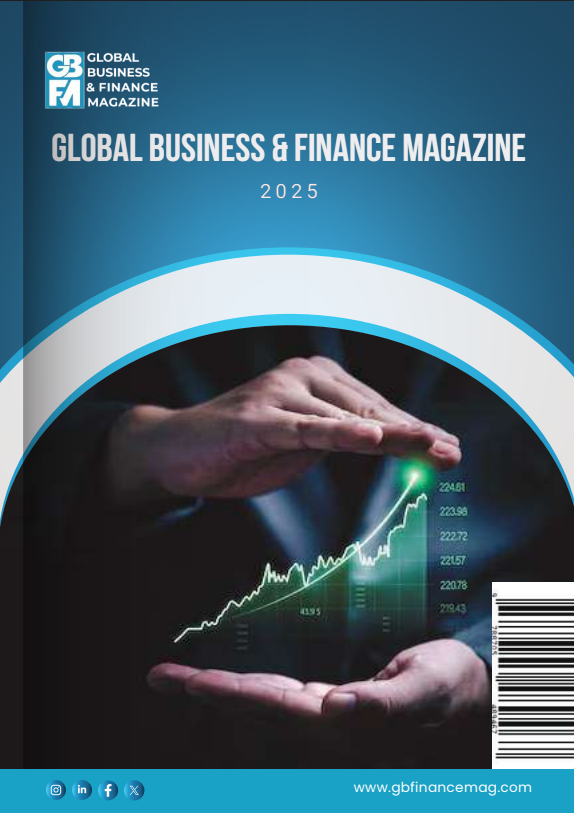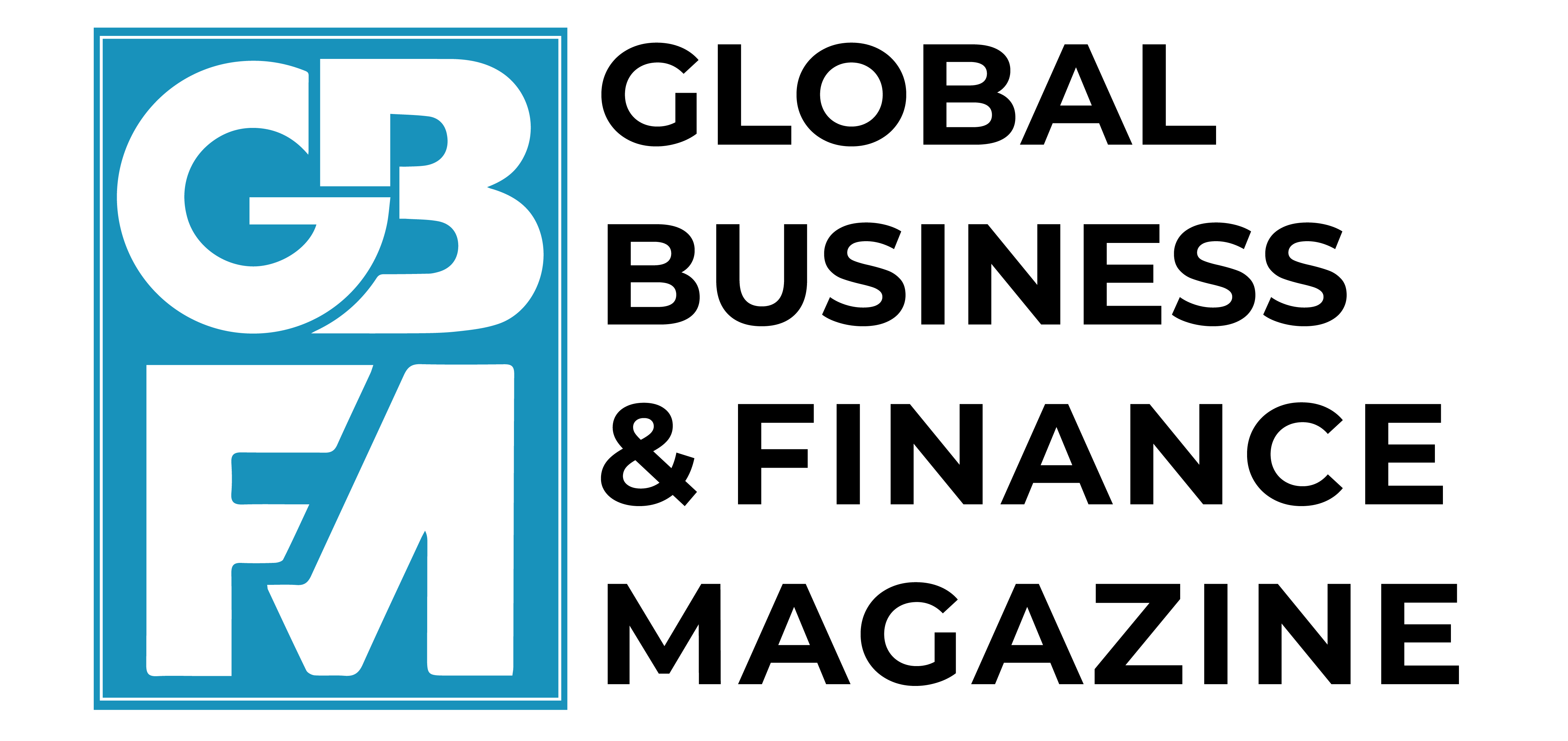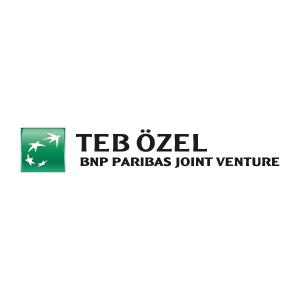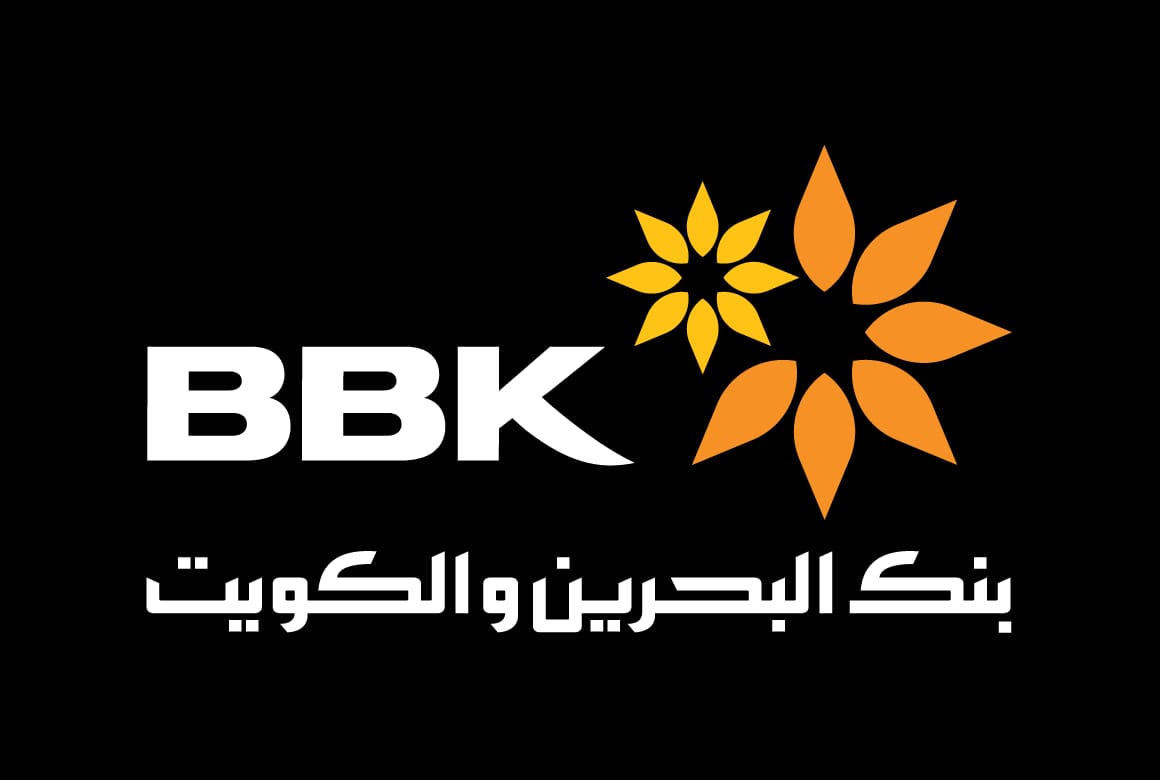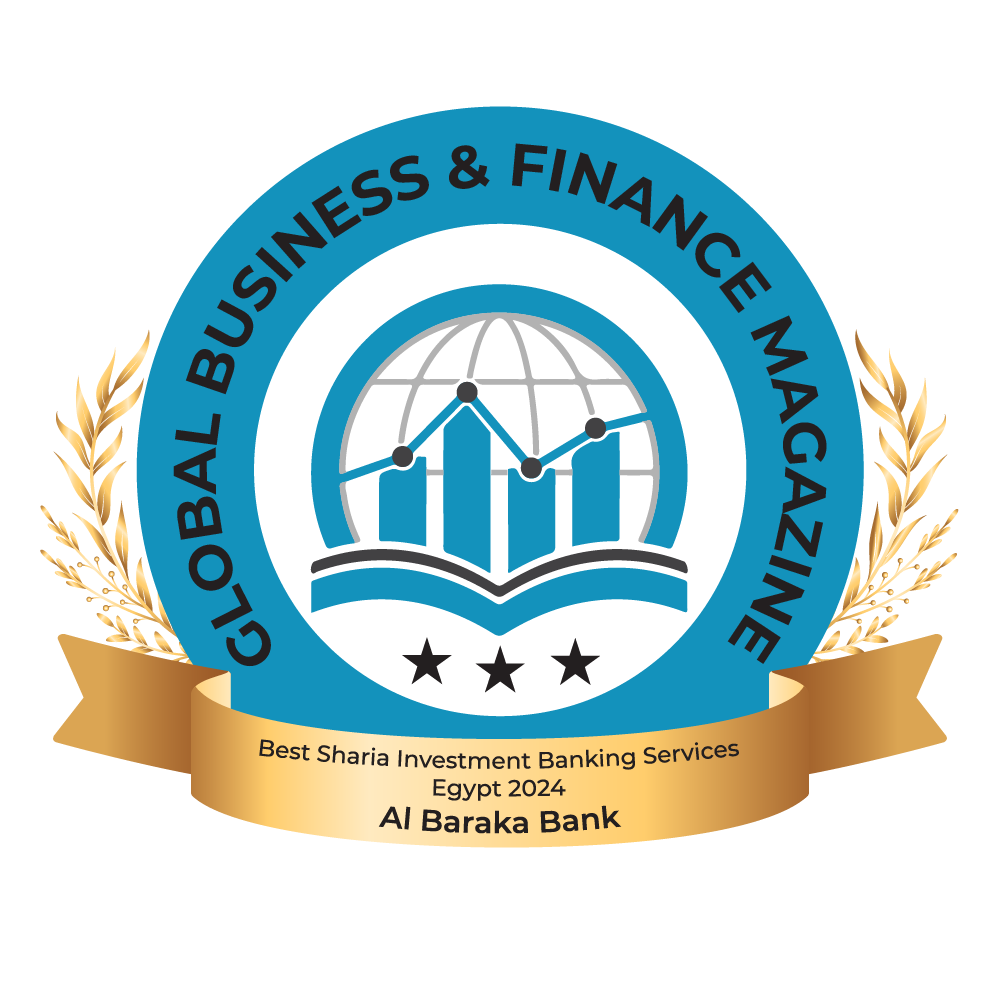How states leverage sovereign debt to support their military endeavours has been examined thoroughly, but the relationship between private finance and armed conflict remains underexplored. Using data on loans by creditors to firms in 179 countries over 1989–2020, this column documents how foreign banks reduce overall lending relative to domestic banks during violent conflicts but significantly increase their financing of military and dual-use sectors. This reallocation is stronger among lenders less specialised in the conflict country, more specialised in military lending, and domiciled in politically non-aligned nations. The findings reveal how global banks strategically redirect credit towards military sectors during armed conflicts, despite reducing overall country exposure.
Although the world has enjoyed a relatively peaceful period since the carnage of WWII, peace has been the exception rather than the rule throughout much of human history. Russia’s war on Ukraine, escalating hostilities in the Middle East, and protracted civil wars in Myanmar, Sudan, and Yemen have thrust geopolitical conflict back to the fore. While economists have thoroughly examined the (in)direct economic consequences of war and violent conflict (Davis and Weinstein 2002, Abadie and Gardeazabal 2003, Iyer and Ghani 2010, Kóczán and Chupilkin 2022) and how states leverage sovereign debt to support their military endeavours (Kremer and Jayachandran 2006, Reinhart and Rogoff 2009, Zielinski 2016), the relationship between private finance and armed conflict remains underexplored. In a recent paper (De Haas et al. 2024), we examine this relationship through the lens of cross-border lending during violent conflicts.
Theoretical considerations
Two opposing hypotheses guide our empirical analysis. On the one hand, existing literature shows that cross-border lenders tend to ‘run for the exit’ when faced with negative shocks to the local economy, such as systemic banking crises. This holds especially in the absence of strong relationships between creditors and borrowers (Giannetti and Laeven 2012, De Haas and Van Horen 2013). Historical and contemporary evidence also indicates that banks are typically wary of war’s destabilising economic effects (Kirshner 2007), particularly when a conflict seriously damages corporate assets and diminishes firms’ ability to pledge collateral (Shpak et al. 2023). This literature thus suggests that cross-border lending should decline when countries experience violent conflict.
At the same time, armed conflict may generate countervailing forces that increase demand for cross-border credit, particularly in defence-related sectors. Foreign banks, less directly impacted by local hostilities, may be better positioned to accommodate this demand compared to domestic banks facing immediate conflict-related constraints (such as physical damage to banking infrastructure and liquidity pressures from deposit withdrawals). Cross-border lenders can then emerge as pivotal financiers of military production in conflict zones. Anecdotal evidence supports this idea. A notorious case involves the Italian Banca Nazionale del Lavoro, which used its US branch to grant US$3 billion in unauthorized credits to Iraq (1988-1989), with about $600 million funding military technology (CIA 1989). More broadly, estimates indicate that during 2020–2022 alone, financial institutions provided $1 trillion to the global defence industry (Longo et al. 2024), with Europe’s 15 largest banks lending € 88 billion to arms companies selling to conflict zones (Oudes et al. 2022).
Empirical approach
We lean on three sources of data. First, we obtain comprehensive syndicated loan data from DealScan, covering 1.3 million loans by 14,021 lenders to 97,169 firms across 179 countries during 1989–2020. Cross-border credit is a key component of global capital flows, and almost three-quarters of all cross-border credit to both developed and emerging countries comes in the form of syndicated loans (Doerr and Schaz 2021). Next, we extract information from the Uppsala Conflict Data Program (UCDP), which provides detailed and complete information on armed conflicts, including battlefield death counts. In the three decades studied, civil wars and other intrastate hostilities comprise most violent conflicts. Figure 1 shows that in our combined DealScan–UCDP dataset, 25 countries experienced at least one year with more than 500 battlefield deaths, and 16 countries saw at least one year exceeding 1,000 battlefield deaths.
Figure 1 Conflict countries by annual battlefield deaths


Note: This figure shows countries where annual battle-field related deaths exceeded 250, 500, or 1,000 at least once during 1989-2020 and where at least one firm received a syndicated loan during this period. The nature and timing of each conflict is described in Appendix Table A.I.
Data sources: Uppsala Conflict Data Program and DealScan.
Finally, we systematically identify military-related borrowers by distinguishing primary military sectors (exclusively producing defence goods) and dual-use sectors (civilian goods with military applications). Drawing on the UK Strategic Export Control List, we map relevant keywords to 4-digit SIC codes and employ an AI-based approach to assess military relevance. We retain 10 primary military plus 79 dual-use sectors with at least 50% average military-use probability, together representing 17% of our syndicated lending sample.
Headline results
Our headline result is that, relative to domestic banks, foreign banks reduce significantly lending to non-military firms during conflicts, while simultaneously increasing significantly military sector lending. The military lending increase stems primarily from heightened demand by defence firms that foreign banks are better positioned to meet, while the broader reduction in foreign bank exposure to conflict countries appears to be a classic supply-driven ‘flight home’ effect.
Figure 2 plots the annual coefficients for the effect of violent conflicts on cross-border lending to the non-military and to the military sector over an event window spanning three years before and after the onset of conflict. The patterns in the figure provide visual support for a dual effect. First, foreign lending to non-military firms declines sharply in the three years following the outbreak of conflict, relative to domestic lending. Second, this decline is mirrored by an immediate and sustained increase in foreign lending to military firms over the same period. Importantly, neither pattern is present in the pre-conflict years, suggesting that the results are not driven by pre-trends.
The role of geopolitical alignment and bank specialisation
Further analysis documents the important role that country and bank heterogeneity play in the effect we document. First, when accounting for geopolitical alignment, we find that while banks from all orientations increase military lending during conflicts, banks preferentially direct military financing toward non-aligned or politically distant countries while avoiding geopolitically similar nations. This suggests that profit motives dominate when lending to ‘out-group’ countries, while political constraints or regulatory scrutiny limit military financing within geopolitical blocs.
Second, the broad retreat from non-military lending to conflict zones is systematically offset by increased military lending from two distinct bank types: banks without prior country specialisation redirect capital toward military sectors in unfamiliar conflict zones, while banks with established military sector expertise (across the globe) also sharply increase defence lending during conflicts. This indicates that cross-border lenders with military expertise but limited country-specific relationships are relatively well positioned to capitalise on conflict-induced credit demand without having to compromise established country-specific client relationships. Finally, both state-owned and private banks, as well as bank and non-bank lenders, display similar reallocation patterns, indicating that political ownership does not drive our results.
Figure 2 Cross-border lending before and during violent conflicts: Event-study analysis at the aggregate level
a) Foreign lending to non-military sectors


b) Foreign lending to military sectors


Note: The figure reports the regressions coefficients from the version of Equation (1) of our paper reported in Table 1, column (4), where the variable Conflict has been replaced with year dummies for the period between three years before and three years after the conflict.
Data source: Uppsala Conflict Data Program and DealScan.
Conclusion
Our analysis provides a first glimpse into how global banks strategically redirect credit toward military sectors during armed conflicts, despite reducing overall country exposure. While we find a strong reallocation by foreign banks from non-military to military lending to countries experiencing a violent conflict, we find no evidence of lending spillovers to neighbouring countries. Moreover, the military lending increase dissipates within three years post-conflict. In general, our results highlight how global banks act as key capital providers during violent conflicts, significantly shifting credit from civil to military uses. Geopolitical tensions thus emerge as important drivers of international credit reallocation.
Source : VOXeu
